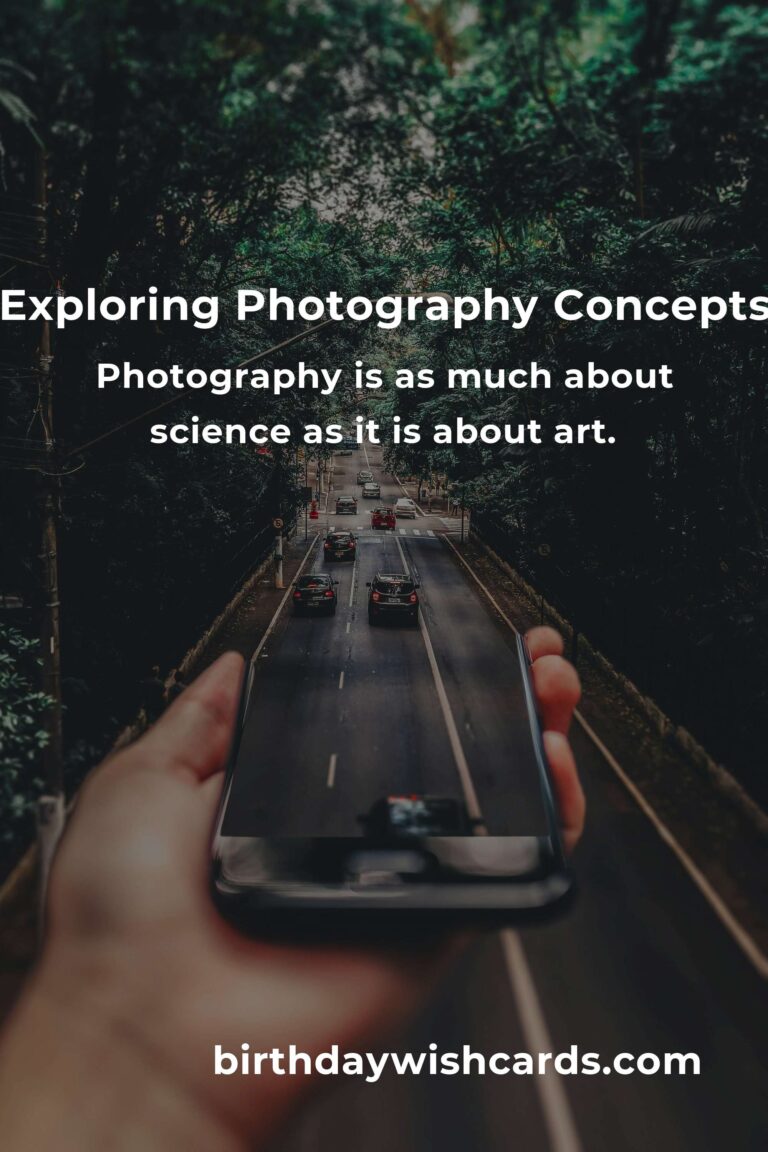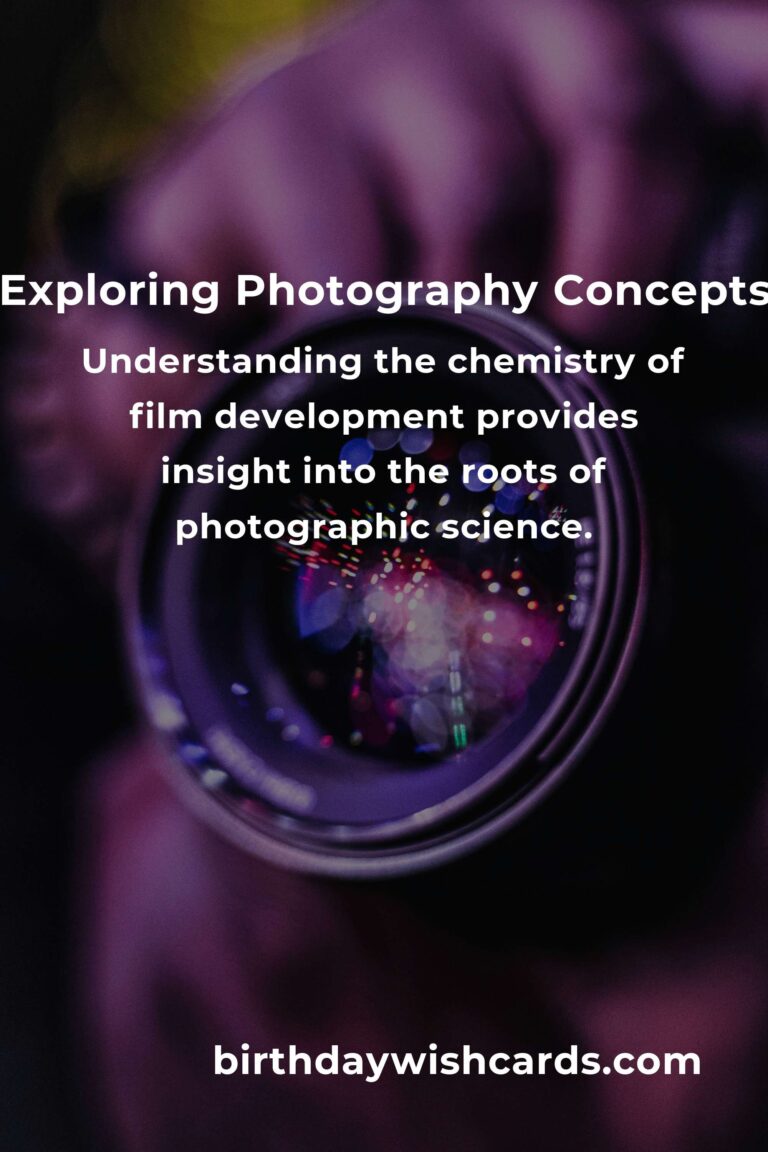
Introduction to Photography Science
Photography is as much about science as it is about art. Understanding the fundamental scientific concepts that underlie photography can greatly enhance your ability to capture stunning images. From the physics of light to the chemistry of photo development, each element plays a crucial role in the creation of photographs.
The Physics of Light
At the core of photography is light, a form of electromagnetic radiation that travels in waves. The behavior of light is governed by the laws of physics, and understanding these can improve your photographic skills. Light travels at high speeds and can be reflected, refracted, or absorbed by different materials. The interaction of light with objects determines how they appear in a photograph.
Exposure Triangle: Aperture, Shutter Speed, and ISO
The exposure triangle is a fundamental concept in photography, consisting of aperture, shutter speed, and ISO. These three elements work together to control the amount of light that reaches the camera sensor.
Aperture
Aperture refers to the opening in a lens through which light passes. It is measured in f-stops, and a larger aperture (smaller f-stop number) allows more light to enter the camera. This affects the depth of field, with larger apertures creating a shallow depth of field and smaller apertures providing a greater depth of field.
Shutter Speed
Shutter speed determines how long the camera’s shutter remains open to expose the sensor to light. A fast shutter speed can freeze motion, while a slow shutter speed can create motion blur. Mastering shutter speed is essential for capturing dynamic scenes effectively.
ISO
ISO measures the sensitivity of the camera sensor to light. A higher ISO setting increases sensitivity, allowing for photography in low-light conditions. However, higher ISO settings can introduce noise into the image, so it’s important to find a balance that maintains image quality.
The Chemistry of Film Development
While digital photography has largely replaced film, understanding the chemistry of film development provides insight into the roots of photographic science. Film consists of a thin layer of light-sensitive emulsion containing silver halide crystals. When exposed to light, these crystals undergo a chemical reaction that creates a latent image. Developing the film involves a series of chemical baths that reveal and stabilize this image, turning it into a visible photograph.
The Role of Lenses
Lenses are critical components in photography, influencing the focus, magnification, and overall image quality. Lenses bend and focus light onto the camera sensor or film, and different lenses offer varying focal lengths and apertures, providing photographers with a range of creative options. Understanding how lenses work helps photographers choose the right lens for each situation.
Digital Sensor Technology
In digital photography, the sensor replaces film as the medium for capturing light. Sensors contain millions of photosensitive elements called pixels, which convert light into electrical signals. These signals are processed to create digital images. Advances in sensor technology have improved image quality, even in challenging lighting conditions.
Conclusion
The science behind photography encompasses a wide range of concepts from physics and chemistry to digital technology. By understanding these foundational elements, photographers can elevate their craft and capture more compelling images. Whether you’re a beginner or an experienced photographer, delving into the science behind photography can lead to a deeper appreciation and mastery of this art form.
Photography is as much about science as it is about art. The exposure triangle consists of aperture, shutter speed, and ISO. Understanding the chemistry of film development provides insight into the roots of photographic science. Lenses are critical components in photography, influencing focus, magnification, and image quality. In digital photography, the sensor replaces film as the medium for capturing light.
#Photography #Science #Light #Exposure #DigitalPhotography












